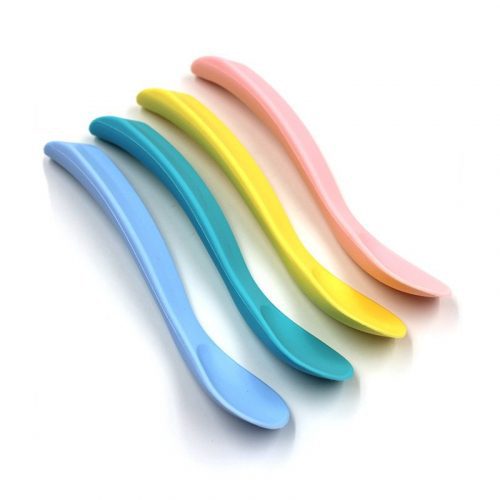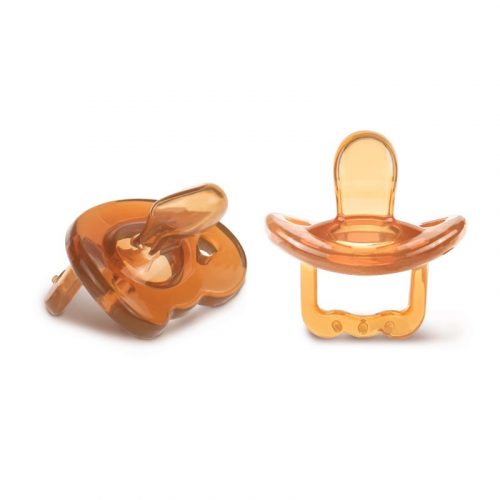High Consistency Rubber Molding Manufacturer
LGDSilicone offers comprehensive solutions for injection molding applications realized with high consistency silicone rubbers (HCR) Molding
What Is High Consistency Rubber?
High molecular weight and lengthy polymer chains are found in the rubber that has been heat-cured, high temperature vulcanized (HTV), or high consistency rubber. These rubbers' characteristics, such as resilience and recovery following elongation or compression, are embodied by HCR.
When silicone rubber is catalyzed properly to generate high consistency rubber (HCR), it may be utilized as the raw material for a variety of applications that need to be finished by molding and calendaring (sheets of varying thicknesses). The primary component of extruded tube and compression molding is HCR.
HCR vs. LSR Injection Molding
The production volume you will need will play a large role in determining whether HCR or LSR injection molding is the better option for your project. Typically, LSR is better suited for producing hundreds or thousands of parts, whereas HCR's methods are better suited for smaller production runs.
We at LGDSilicone are industry leaders in both forms of silicone rubber production, and we can utilize our knowledge to guide you in choosing the best course of action for your next project.
The HCR injection molding Process
The HCR silicone injection molding process typically involves heating the raw material and injecting it under high pressure into a mold. The injection screw preheats the silicone, reducing its viscosity and enabling it to flow with greater ease into the mold cavity
- 1.Mill Softening
- 2.Preform Preparation
- 3.Extrusion/Molding
- 4.Vulcanization
- 5.Finishing
Custom HCR Silicone Injection Molded FAQs
At a high level, the injection molding process for HCR is the same as with other elastomers: the silicone rubber is fed into a heated barrel and injected under pressure into a mold where the material completely vulcanizes into the desired part shape.
Due to its higher viscosity compared to other elastomers, HCR is typically processed using compression and transfer molding methods, but can also be utilized for injection molding projects. HCR has many desirable properties such as excellent aging resistance, thermal stability, electrical properties, mechanical strength, elongation, and hardness.
Fabricating parts out of HCR requires many steps that are labor-intensive, albeit simple (relative the injection molding process used with LSR ): mill softening, preform preparation, extrusion/molding, vulcanization, and finishing.
Industries and Applications
LDGSilicone supplies a wide range of custom Silicone Rubber molding parts. These parts can be found in products used in a wide array of industries, including automotive, Aerospace,Cookware, life sciences (such as medical/healthcare /baby care products), and Toy and special applications.
Silicone Rubber Molding Other Production Capabilities
LGDSilicone offers several options for Silicone Rubber Molding Production Capabilities

Silicone Overmolding
Silicone over-molding involves placing a metal or plastic part into a mold cavity and heating it to cure it

Compression Molding
Silicone Rubber Compressing Molding is the process of Compression Molding with Silicone Rubber as the material.

LSR Injection Molding
LSR Injection Molding is the process of injecting Liquid Silicone Rubber into the molding machine to make the part.

Silicone Extrusion
Silicone extrusion is the process in which silicone is forced through a shaped die in to produce a continuous formed length